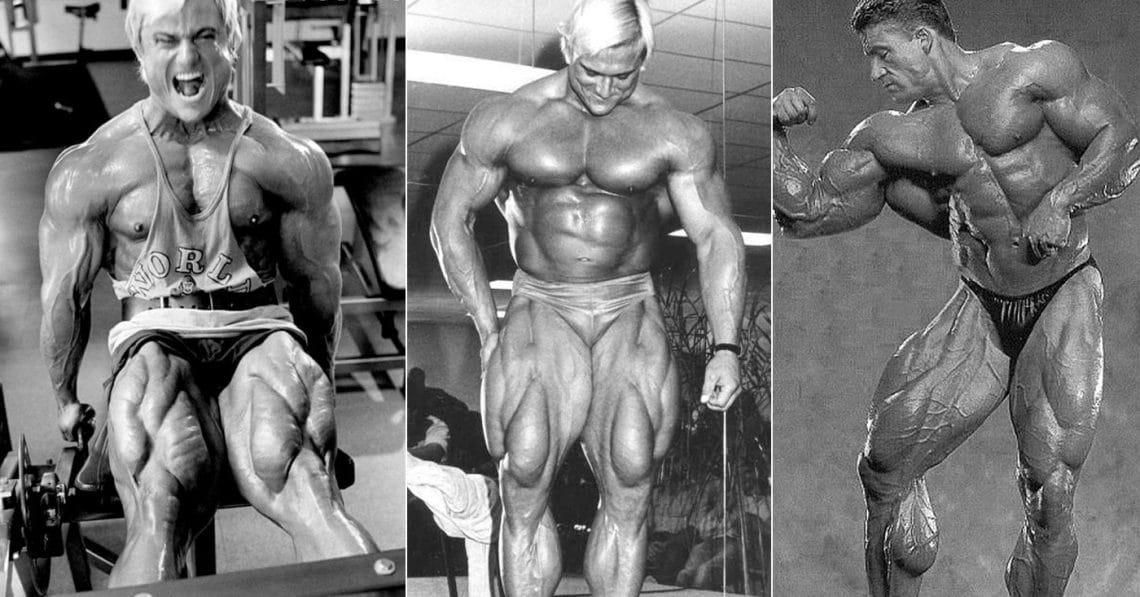

That's like saying that doing a full curl to the top position will damage your elbows. But there is no evidence that full ROM squats done with proper and controlled form leads to knee damage. And the third reason is that most people have been misinformed that they will damage the knees. The second reason is that they are very hard to do and can limit the amount of weight you can use. The first is that most people lack the flexibility to go that low. So why don't most people do full range of motion (ROM) squats? Well, there are several reasons. Squatting down well past parallel-what some intimately call "ass-to-grass squats" or deep squats-is actually the full range of motion during a squat. What's interesting about doing squats to parallel is the fact that this is NOT even the full range of motion during this movement. So those trying to bring up the teardrop muscle would be well served to include some half squats from time to time. Another study found that the vastus medialis (tear drop muscle) of the quads was maximally stimulated during half squats. That means to place extra overload on the quads to instigate more muscle growth and strength gains, half squats may be a good idea to do from time to time. But I know that even half squats have their benefits.įor instance, research shows that you are significantly stronger in the top half position of the squat. This, however, only shows their lack of understanding of muscle biomechanics. Most "experts" feel that you should never perform less than parallel squats. I'm not a big believer in general rules, especially when it comes to weight lifting. The general rule in gyms everywhere is that when you do squats, you should go down until the thighs are at least parallel with the floor. Add them to your repertoire and you'll get a leg up (pun intended) in all areas of development. Below you'll find no shortage of methods and workouts for targeting your quads, hamstrings, calves, and even glutes.

To really add size and strength to your legs, you need to hit them hard with a variety of techniques. Because we use them every day to support the majority of our body weight, the muscles of the leg can be difficult to develop and that discourages many from working them at all. It's also advice that's commonly ignored. Without that extra energy, you aren't likely to see any size improvements.One of the most common refrains in bodybuilding is "Never skip leg day". Remember, along with your training program, it's also essential to be in a caloric surplus to build muscle. Don't lean forward, as that may place excessive strain on your lower back.Īdd any one of these exercises to your next lower-body workout. Holding a set of dumbbells also shifts the weight toward the front of your body, further emphasizing your quads. This will favor engagement of your quads versus your glutes. When doing dumbbell split squats, take a slightly shorter step in front of you than usual.

You also work your core with this exercise, since it must work to keep your body balanced. This is a great exercise for working all the main lower-body muscles. One last exercise to help you build a strong quad sweep is the dumbbell split squat. Instead, incorporate all three into your leg program at various junctures. Again, this exercise mimics the movement pattern of the squat or leg press, so you don't need to add all three of these moves to a single workout. Technique 4: Hack SquatĪnother good compound move to target your outer quad and develop that sweep is the hack squat. You'll work all the muscles in your lower body without applying much strain on your lower back-assuming you perform the exercise correctly. The leg press is a great alternative if you're limited on your squat for whatever reason, or if you simply want a second compound exercise to include in your lower-body routine. Shifting the weight forward to the front of your body places more stress on the quad muscles versus the hamstrings and glutes.

If quad sweep is your primary goal, favor front squats when possible in your workout routine. There are three main types of squats: high-bar squats, low-bar squats, and front squats. Indeed, when the squat is performed properly, it does an exceptional job of increasing strength and power and building muscle mass. Squats reign supreme at developing a strong, muscular lower body. From this position, your outer quads do more of the contracting to lift the weight. However, rather than doing a standard leg extension, you'll turn your toes in-to a comfortable degree, of course-to laser-target your outer quads. The first exercise to get those outer quads burning is the leg extension.


 0 kommentar(er)
0 kommentar(er)
